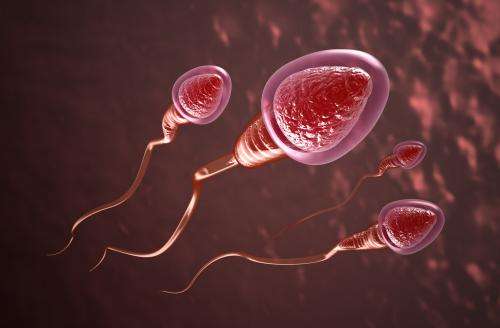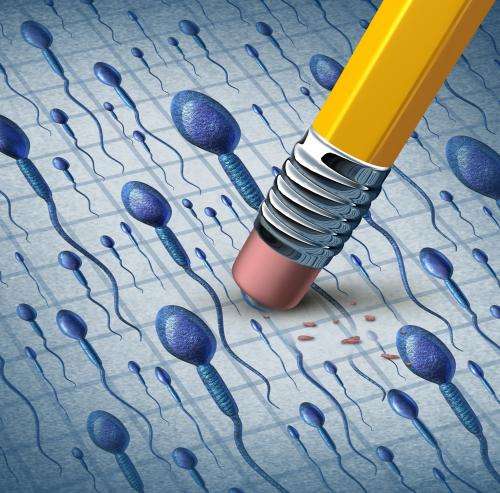Advance in the development of the first reversible male contraceptive

The outer membrane of sperm cells was first described as a result of the work by a Mexican biotechnologist.
One of the major discoveries in the development of a non-hormonal and reversible male contraceptive originated in Mexico. Alberto Darszon Israel, emeritus researcher at the Institute of Biotechnology of the Autonomous National University of Mexico (UNAM) was the first to describe the ion channels of the outer part of the sperm, which exchange chemicals that affect the sperm's ability to move and fertilize.
Until then, ion channels had only been identified in other types of cells, but research by Darzon Israel revealed their presence in sperm, even though they are very small and motile cells. His findings serve as a base to inhibit the exchange of chemicals that occurs across the membrane, and thus preventing the gametes, or male reproductive cells, to fertilize an egg.
"There is a need for different strategies in birth control. So far, there is no reversible male contraceptive that is effective and safe," said Darzson Israel.
The work done in Mexico is about the rapid passage of ions through the membrane of the male reproductive cell. Ions are essentially electrically charged chemicals which can pass through the cell membrane due to imbalance in the loads. When ions cross the membrane, the cell can exchange information with its environment and with other cells. Darszon studied this process specifically in the membrane of the sperm.

"We have spent many years trying to understand how different substances move through the membrane of the sperm and believe we have enough information to achieve a specific inhibitor that disrupts their ability to fertilize," says the biochemist graduate at the UNAM, who has also studied at the University of California, San Diego (UCSD).
Darzon studied sperm mobility that allows them to reach the egg and exchange with its plasma membrane during fertilization. In this process, ionic movements also play a key role; thus, by finding a blocker to intervene in any of these processes, conception can be prevented.
Inhibiting changes in ion concentration, ie the changes of concentration of electrically charged chemicals in and out of the sperm membrane, could then prevent certain cellular processes. That is the current work of Darszon.
"That's exactly the idea of the contraception substance.To find the egg, the sperm processes chemical information in the outer layer of the egg. The dialogue between the egg and sperm, depends on changes in permeability of the membrane. If we find a compound that blocks the functioning of this channel, decoding that information is going to be messy and the sperm will not be able to recognize the egg," said the biochemist.

















